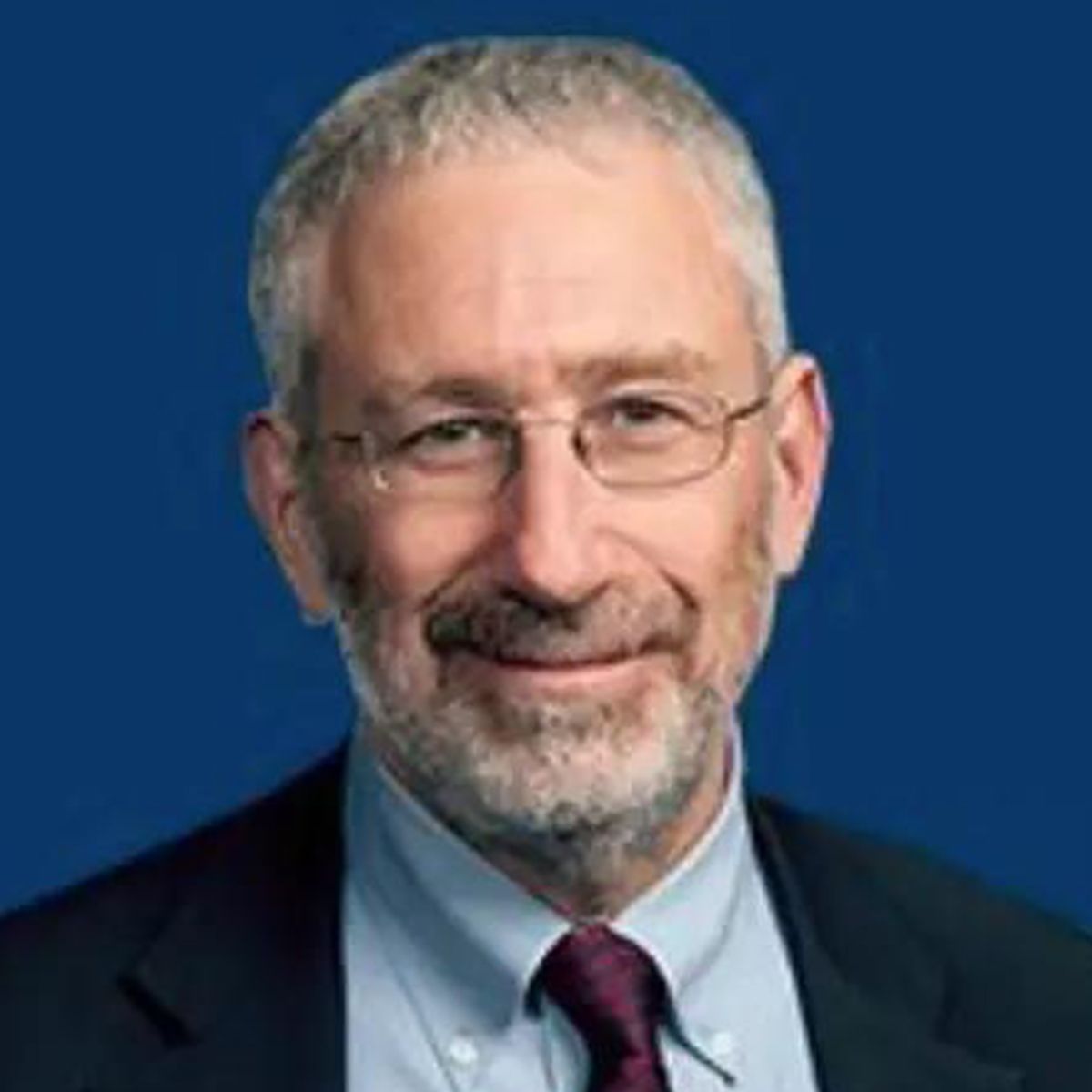Video
Ovarian Cancer: Deciding Between Treatment Options
Author(s):
Experts on ovarian cancer discuss germline and somatic testing practices and provide clinical insights on factors that influence treatment decisions.
EP: 1.Frontline Maintenance Therapy in Ovarian Cancer
EP: 2.Ovarian Cancer: Deciding Between Treatment Options
EP: 3.Unmet Needs in the Maintenance Setting in Ovarian Cancer
EP: 4.Recent Data on PARP Inhibitors as First-Line Maintenance in Ovarian Cancer
EP: 5.Efficacy of Subsequent Therapies in Advanced Ovarian Cancer
EP: 6.Recent Data for PARP Inhibitors in Recurrent Ovarian Cancer
EP: 7.Ongoing Trials on Maintenance Therapy in Recurrent Ovarian Cancer
EP: 8.MIRASOL Trial: Mirvetuximab in Platinum-Resistant Ovarian Cancer
EP: 9.Recently Presented Data on Endometrial Cancer
EP: 10.NRG-GY018 and RUBY Trials in Endometrial Cancer
EP: 11.The PHAEDRA Study and Clinical Trial Landscape in Endometrial Cancer
EP: 12.KEYNOTE-775: Lenvatinib Plus Pembrolizumab in Advanced Endometrial Cancer
EP: 13.Ongoing Trials in Endometrial Cancer
EP: 14.Future Outlook for Treatment of Endometrial Cancer
Transcript:
Ritu Salani, MD, MBA: Ursula alluded to somatic and germline testing. Shannon, can you tell us when you do that and how that informs your decision-making?
Shannon N. Westin, MD, MPH, FACOG: Absolutely. The bottom line is [that] every one of these patients with epithelial ovarian cancer needs to be tested. That needs to include both germline and somatic [testing] because the germline [testing result] is going to give you an idea of whether or not this is hereditary, which obviously has implications not only for treatment but also for the patient’s other risk of cancer or family risk of cancer. Though we know that in the absence of a germline mutation, the presence of a somatic mutation can allow a bit of benefit from a PARP inhibitor. So identifying both those things and then concurrently, as Ursula mentioned, understanding whether the patient has homologous or combination deficiency or [attains a] positive or negative test [result] can also help inform you. Although certain PARP inhibitors [such as] niraparib are approved [for] all comers, we know there’s a differential benefit. There’s going to be the biggest benefit for the patients who have some type of biomarker and then subsequently lesser levels of benefit for those who do not.
Ritu Salani, MD, MBA: These 3 studies that you mentioned are game changing, but how do you decide between niraparib vs olaparib and bevacizumab or olaparib alone? I know it’s mutation dependent, but how do you decide in your own practice?
Shannon N. Westin, MD, MPH, FACOG: One of the first decisions is whether or not you’re using bevacizumab. We’ve certainly seen differential practice, with some [individuals] using a [bevacizumab]-for-all approach and some [individuals] utilizing bevacizumab in a higher-risk patient population of ovarian cancer. I’ll quote Kathleen Moore, MD, who says, “Every ovarian cancer is high risk.” So that whole idea between low risk and high risk is up in the air.
The bottom line is if you’re using bevacizumab, the place that we have FDA approval is with olaparib. For a patient population [who have] not started bevacizumab, you’re going to talk through once-[daily] treatment, how long you’re going to do treatment, the 2 years vs the 3 years, and what are the existing toxicities, understanding that certain PARP inhibitors are going to have more GI [gastrointestinal] [adverse] effects and certain ones are going to have more of an impact on the platelets, let’s say. Utilize that information to make your decision.
Bhavana Pothuri, MD: It depends on what insurance will cover for the patient. All the medical factors are important that Dr Westin pointed out.
Ursula A. Matulonis, MD: Your point about tolerability is important because these patients are coming off at least 6 cycles of carboplatin-paclitaxel chemotherapy and their counts are low. They’re starting to rebound. Sometimes you run into trouble depending on their weight and platelet count [with] a drug [such as] niraparib. Sometimes you have to dose reduce, sometimes you have to switch, but it’s important to follow patients’ blood counts very carefully when they start treatment.
Bhavana Pothuri, MD: You bring up a great point, Ursula. I like to give patients at least 8 weeks off from the end of their chemotherapy and let their bone marrow [level] recover [to] set them up in the best possible state to start that maintenance part.
Matthew A. Powell, MD: I agree with you, Shannon. [It’s] that pivot point of, “Do I use bevacizumab or not?” It’s one of the biggest questions I get from providers that don’t do this as often. “Should I be using bevacizumab for this population?” Like I said, some [individuals] make it easy, give it to everybody. I’m still in the camp of, “Let me try to figure out who the best [patient] is for this.” With that lack of overall survival benefit with bevacizumab alone, we’re challenged on how best to use that drug 20 years later. That’s a tricky one. A lot of us still stick with that higher-risk category, but what does that mean? SOLO-1 really challenged us, and that’s been one of the big controversies: How do we fit these 3 trials into our practice?
Ursula A. Matulonis, MD: It’s great that we have these 3 trials that give us flexibility in designing personalized care for our patients.
Ritu Salani, MD, MBA: That’s so important.
Transcript edited for clarity.









